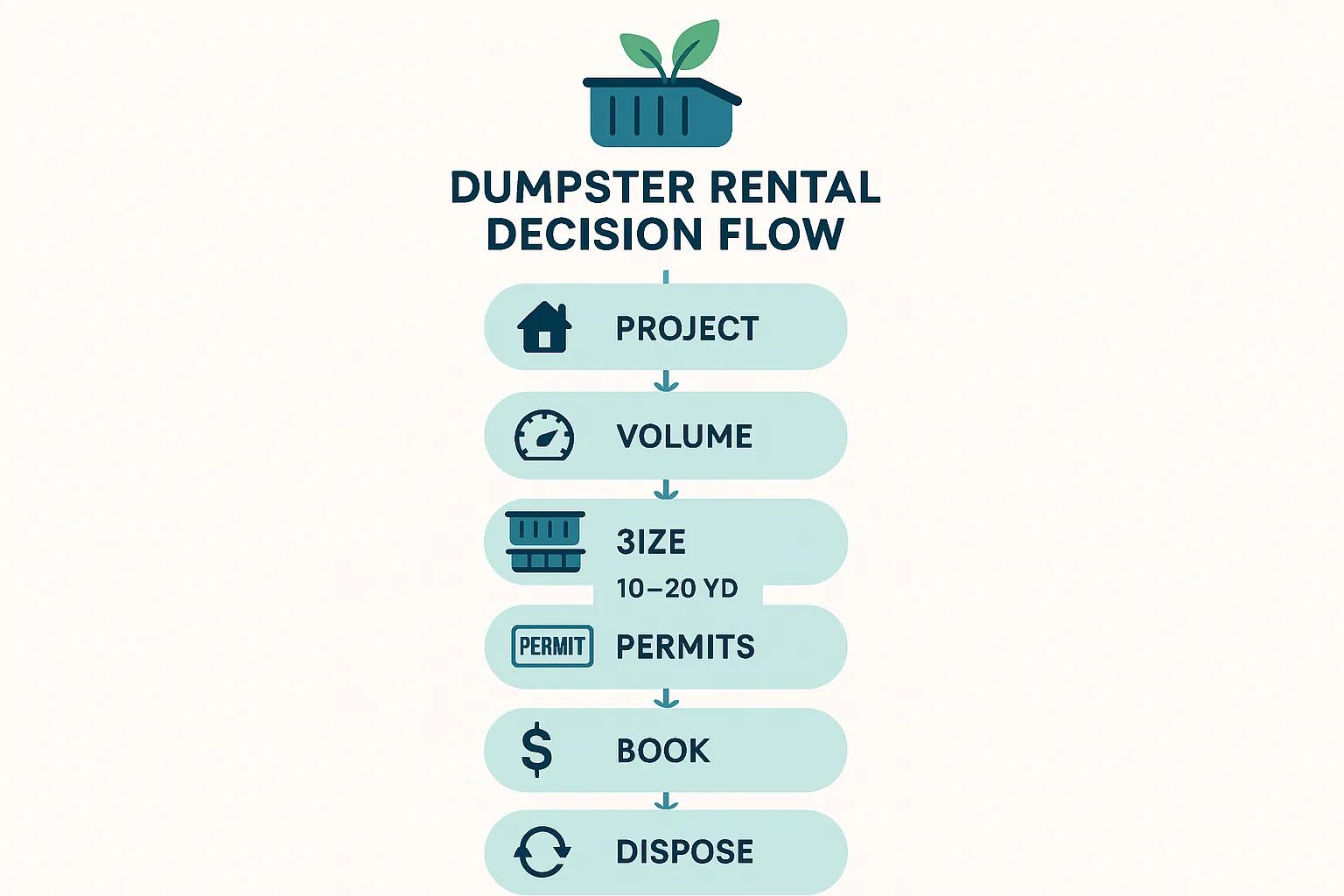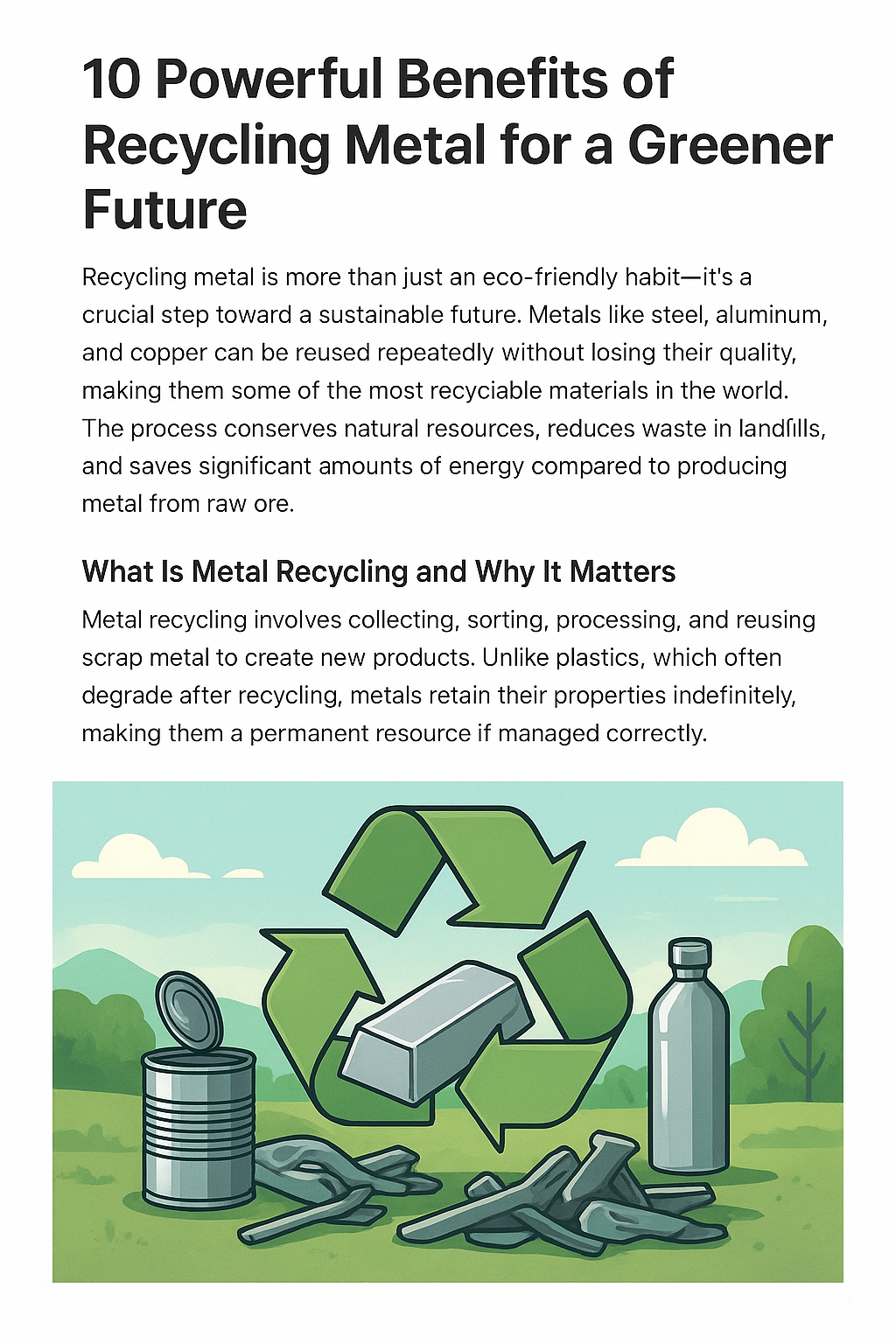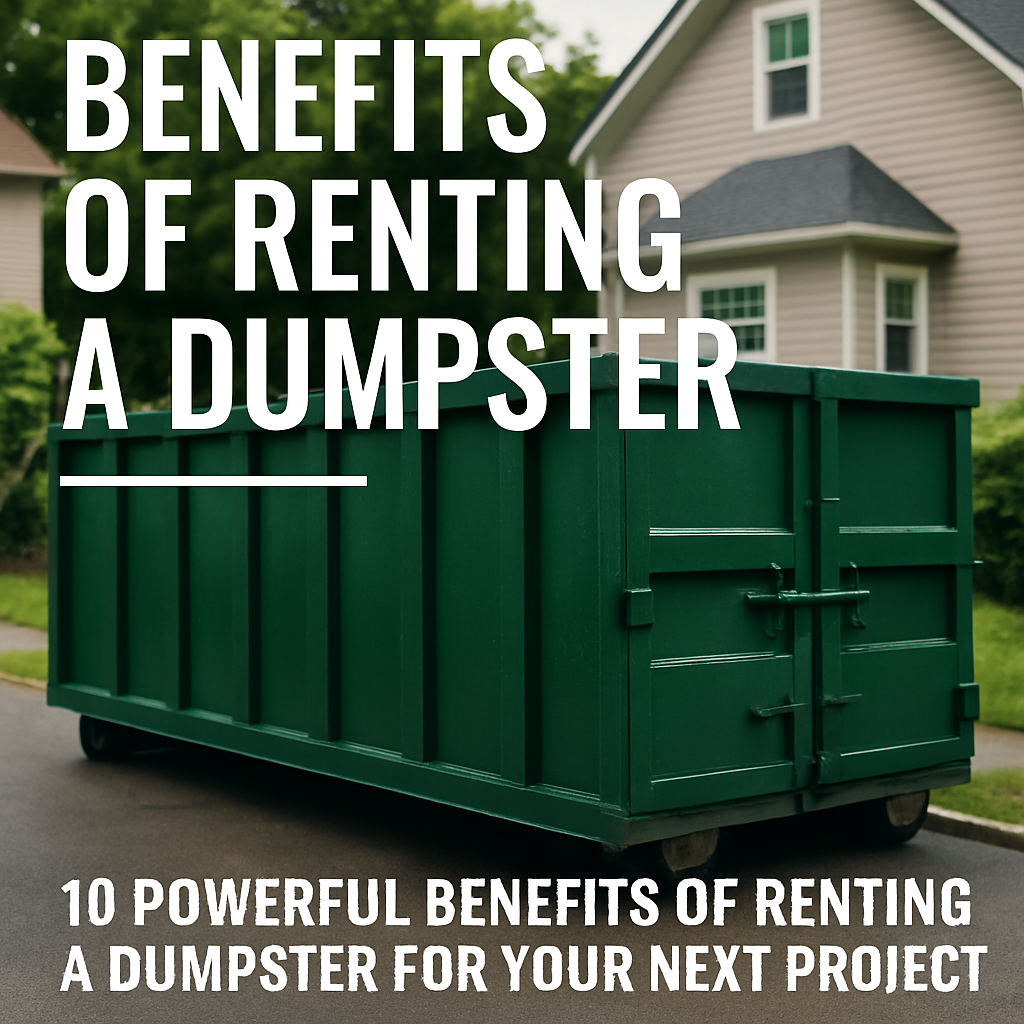
Breaking Down the Costs of Sustainable Practices in Your Small Business: How to Invest Wisely and Maximize ROI
By BKThemes
Implementing sustainable practices often raises the question: what is the cost of implementing sustainable practices in my small business? Tackling that concern requires a clear view of upfront expenses, ongoing fees, certification charges, and hidden line items—so you can budget accurately and achieve measurable returns. In this guide, we’ll examine typical investment ranges for green initiatives, cost-effective strategies to lower operating expenses, methods to quantify your true ROI, funding opportunities and incentives, common barriers and solutions, budget-friendly approaches to ESG reporting and B Corp certification, and forward-looking steps to future-proof your operations. By mapping these themes, you’ll gain the confidence to invest wisely, reduce financial risk, and boost profitability through sustainability.
What Are the Typical Costs of Implementing Sustainable Practices for Small Businesses?
Typical costs of adopting sustainable practices encompass initial capital outlays, recurring fees, reporting expenses, and certification charges, which together inform accurate budgeting and resource allocation.
What Are the Upfront Investment Costs for Green Initiatives?
Initial investments for green initiatives generally include energy audits, equipment upgrades, and system installations that set the foundation for long-term savings .
- Energy audit fees often range from $500 to $3,000 depending on facility size and scope.
- LED lighting retrofits can cost $2,000–$10,000, offset by utility rebates.
- Smart thermostat and controls installation averages $200–$800 per unit.
- Solar panel systems cost $15,000–$30,000 before incentives.
These upfront expenses establish energy-saving mechanisms and pave the way for reduced operational costs, leading into an understanding of ongoing investments .
Which Ongoing and Hidden Expenses Should Small Businesses Expect?
Beyond initial purchases, small businesses incur maintenance , utility monitoring, and unexpected compliance fees that extend project payback periods.
- Annual maintenance and calibration for new equipment: $200–$1,000.
- Utility management software subscriptions: $50–$200 per month.
- Staff training and program coordination: $500–$2,500 yearly.
- Permit or local inspection fees: $100–$500 per cycle.
Recognizing these recurring and hidden costs helps you forecast total lifecycle expenses before exploring ESG reporting investments .
How Much Does ESG Reporting Cost for Small and Medium Enterprises?
ESG reporting requires data collection, software tools, and sometimes external assurance to satisfy stakeholder expectations without overshooting budgets. ESG reporting for hotels
| Service | Typical Fee Range | Description |
|---|---|---|
| Basic ESG Software | $5,000–$12,000 | Annual license for carbon and sustainability tracking |
| GHG Accounting Package | $10,000–$50,000 | Comprehensive greenhouse-gas inventory tool |
| External Verification | $25,000–$150,000 | Third-party audit of ESG disclosures |
Investing in scalable reporting tools ensures accuracy and credibility, which then leads to evaluating certification options like B Corp.
ESG Reporting and Small and Medium-Sized Enterprises - in English
Studies show that ESG reporting, while involving initial costs, can enhance a company’s reputation, attract investors, and improve access to green financing. The implementation of ESG practices can lead to increased customer loyalty and improved employee engagement.
Brown, L., Corporate Social Responsibility Review (2023)
What Are the Fees and Requirements for B Corp Certification?
B Corp certification involves assessment fees , annual renewals, and internal coordination to align with rigorous social and environmental performance standards.
- Registration and submission fees range from $150 to $2,000 based on revenue.
- Annual certification fees vary between $500 and $50,000, scaled to company size.
- Performance assessment and legal documentation require 20–40 staff hours.
Understanding these certification costs rounds out the typical cost profile before moving to affordable sustainable practices.
How Can Small Businesses Implement Affordable and Cost-Effective Sustainable Practices?

Cost-effective sustainable practices blend simple upgrades and process changes that quickly pay back their investments while strengthening your bottom line .
What Are the Costs and Benefits of Energy Efficiency Solutions Like LEDs and Solar Panels?
Switching to energy-efficient technologies generates substantial utility savings and reduces carbon footprint over time.
| Solution | Investment Range | Annual Savings | Payback Period |
|---|---|---|---|
| LED Lighting | $2,000–$10,000 | 50–75% lower light costs | 1–3 years |
| Smart Thermostats | $200–$800 per unit | 10–15% lower HVAC bills | 6–18 months |
| Roof-Mounted Solar | $15,000–$30,000 | $1,200–$2,500 per year | 7–12 years |
Energy efficiency upgrades reduce utility bills immediately and set the stage for waste-reduction initiatives .
The Financial Benefits of Energy Efficiency in Small Businesses - in English
Research indicates that implementing energy-efficient technologies, such as LED lighting and smart thermostats, can significantly reduce operational costs for small businesses. These upgrades often lead to substantial savings on utility bills, improving profitability and return on investment over time.
Smith, A., Journal of Sustainable Business Practices (2022)
How Much Do Waste Reduction and Recycling Programs Cost?
Implementing a structured waste management system involves containers, hauling services, and employee engagement to cut disposal costs and landfill fees. Best practices for waste management in construction
- Recycling and compost bins: $100–$400 per set.
- Hauling and processing fees: $50–$150 per pickup.
- Staff training and signage: $300–$1,000 initial.
- Waste audits: $500–$2,000 annually.
Efficient waste programs lower disposal expenses by 20–30% and seamlessly connect to sustainable sourcing efforts .
What Are the Expenses and Advantages of Sustainable Sourcing and Supply Chain Optimization?
Switching to eco-friendly suppliers and optimizing logistics reduces material costs, enhances brand reputation, and mitigates supply chain risks.
- Supplier audits and certifications: $1,000–$5,000.
- Transition to certified materials: 5–15% premium.
- Digital tracking and traceability software: $2,000–$8,000 per year.
- Collaborative logistics planning: $500–$2,000 in consulting.
Reducing procurement costs by up to 16% through optimized logistics flows naturally into considering packaging innovations.
How Can Eco-Friendly Packaging Save Money and Enhance Brand Value?
Eco-friendly packaging solutions lower material usage, reduce shipping weight, and reinforce customer perception of responsibility.
- Recycled board or biodegradable containers: 3–10% higher unit cost.
- Lightweight redesign and bulk shipping: $0.10–$0.50 per package savings.
- Custom branded sustainable materials: $0.20–$1.00 premium offset by loyalty gains.
Streamlined packaging drives both cost efficiencies and customer loyalty, setting the stage for ROI analysis.
What Is the True ROI of Green Business Practices for Small Businesses?

The true ROI of sustainable practices includes direct cost savings, revenue growth from eco-conscious buyers, enhanced reputation, employee productivity gains, and access to green financing.
How Do Energy Efficiency Upgrades Translate Into Long-Term Savings?
Energy efficiency upgrades yield predictable utility bill reductions and improved operational reliability, magnifying ROI over multiple years.
- Cumulative savings from LED retrofits: $5,000–$30,000 over five years.
- HVAC system controls: 10–20% reduction in energy consumption annually.
- Reduced maintenance downtime: 15–25% lower repair costs.
Quantified energy savings create a compelling financial case, which extends into reputation and loyalty benefits.
How Does Sustainability Improve Brand Reputation and Customer Loyalty?
Demonstrated commitment to the environment fosters trust, drives repeat purchases, and differentiates you in competitive markets.
- Positive brand mentions increase by 20–35% among eco-conscious consumers.
- 42% of customers willing to pay a premium for sustainable businesses.
- Social media engagement uplift of 15–25% on green initiatives.
Enhanced reputation directly impacts sales growth, paving the way to human capital gains from engaged teams.
What Are the Employee Engagement and Productivity Gains From Sustainable Practices?
Green policies and workplace improvements boost morale, reduce turnover, and inspire higher productivity through shared purpose .
- Employee retention improves by 10–15% when sustainability programs are in place.
- 20–30% productivity increase in teams involved in green projects.
- Recruitment costs decline as job seekers prioritize responsible employers.
Higher engagement solidifies internal culture, helping small businesses attract investors and secure green funding .
How Can Sustainable Practices Attract Investors and Access Green Funding?
Ownership of verified sustainability metrics and certifications unlocks favorable loan terms, grants, and investor interest .
- Green loan interest rates can be 0.5–1.0% lower than standard financing.
- ESG-focused investors allocate 18% higher budgets to environmentally proactive partners.
- Eligibility for impact investment funds when holding B Corp or ESG credentials.
With ROI and funding clarified, next we’ll explore public and private incentives that offset costs.
What Funding, Grants, and Incentives Are Available to Support Small Business Sustainability?
Financial incentives from government, utilities, and manufacturers can offset significant portions of your sustainability budget, lowering barriers to entry .
Which Government Grants and Tax Credits Can Offset Sustainability Costs?
Public incentives reward energy-saving and environmental projects through direct grants, rebates , or tax deductions.
- Federal tax credit for solar installations: 26% of system cost.
- State energy efficiency program grants: $500–$5,000 per project.
- Local green business grants: $1,000–$20,000 for qualifying upgrades.
These offsets significantly reduce net investment and naturally lead to exploring green loans and private funding.
How Do Green Loans and Sustainable Investment Options Work for Small Businesses?
Green loans and specialized financing products provide capital with favorable terms for verified sustainability projects.
- Green loan rates: 0.5–1.0% below market interest.
- Repayment periods: 5–15 years matching asset lifespans.
- Low-interest financing from development banks: up to $100,000.
Affordable financing dovetails with utility and manufacturer rebates to further trim upgrade expenses.
What Rebates Are Available for Energy-Efficient Equipment and Upgrades?
Utilities and equipment manufacturers often provide rebates that reduce upfront costs and accelerate payback periods. Waste management is an essential part of modern business practices.
- LED lighting rebates: $10–$30 per fixture.
- Smart thermostat rebates: $50–$150 per unit.
- Solar PV incentives: $0.10–$0.30 per watt installed.
These rebates complement grants and loans, ensuring small businesses can implement sustainable solutions without overextending budgets.
What Are the Common Challenges Small Businesses Face When Implementing Sustainable Practices?
Small businesses often struggle with limited capital, expertise gaps, supply chain complexities, and employee buy-in when adopting greener operations .
How Can Small Businesses Overcome Financial Constraints and Budget Limitations?
Creative financing, phased upgrades, and leveraging incentives help spread costs and secure high-impact improvements earlier.
- Stage projects by priority: start with high-ROI measures like lighting and HVAC.
- Bundle multiple upgrades for volume rebate or tax credit maximization.
- Partner with energy service companies that guarantee savings.
Addressing cost barriers lays groundwork for closing knowledge and training gaps.
What Knowledge and Expertise Gaps Exist, and How Can They Be Addressed?
Lack of in-house sustainability know-how can be bridged through external audits , online training, and peer networks.
- Commission a professional energy or sustainability audit.
- Enroll staff in free or low-cost webinars on green best practices.
- Join local business associations focused on environmental stewardship.
Building expertise equips your team to manage supply chain hurdles and maintain momentum.
How Do Supply Chain Complexities Impact Sustainability Costs and How to Manage Them?
Coordinating sustainable suppliers and logistics can add complexity and upfront premiums, but strategic partnerships and scale offer solutions.
- Negotiate volume discounts with certified material providers.
- Implement digital tracking to streamline compliance and reduce errors.
- Collaborate with peers for group purchasing power.
Overcoming supply chain challenges enables smoother employee engagement in broader initiatives .
How Can Employee Engagement Be Boosted to Support Sustainability Initiatives?
Engaging employees through clear goals, recognition programs, and participatory projects creates ownership and sustains green momentum.
- Establish “Green Champions” teams with defined responsibilities.
- Offer incentives or recognition for sustainability ideas.
- Provide regular updates on cost savings and environmental impact.
A motivated workforce supports effective ESG reporting and certification under budget constraints.
How Can Small Businesses Navigate ESG Reporting and B Corp Certification on a Budget?
Small businesses can streamline ESG reporting and certification by selecting affordable tools, leveraging free resources, and integrating processes into existing workflows.
What Are the Most Affordable ESG Reporting Tools and Software for SMEs?
Cost-effective ESG reporting platforms combine core functionality with scalable pricing for small operations.
| Tool | Annual Cost Range | Key Features |
|---|---|---|
| Basic Sustainability Suite | $5,000–$10,000 | Carbon tracking, simple dashboards |
| Modular ESG Tracker | $3,000–$7,000 | Customizable metrics, stakeholder reports |
| Open-Source Reporting Tool | Free–$2,000 | Community support, basic GHG modules |
Selecting the right tool minimizes reporting overhead and sets the stage for certification .
How Does the B Corp Certification Process Work and What Are the Cost Ranges?
The B Corp journey entails an initial assessment, documentation, verification, and an annual recertification process.
- B Impact Assessment: free online tool to gauge readiness.
- Submission fee: $150–$2,000 based on revenue tiers.
- Annual certification fees: $500–$50,000 scaled to company size.
- Validation and site review: requires 20–40 staff hours or consultant support.
Budget-conscious planning ensures certification costs align with anticipated market benefits.
How Can Small Businesses Leverage Certifications to Enhance Market Competitiveness?
Earning recognized credentials drives customer trust, opens new channels, and justifies premium pricing for responsible brands.
- Feature certification logos on websites, packaging, and marketing materials.
- Pitch to eco-focused procurement programs and retail partnerships.
- Use sustainability credentials to qualify for exclusive funding or leasing terms.
Capitalizing on certification benefits naturally leads into future-proofing strategies for regulatory readiness.
How Can Small Businesses Future-Proof Their Operations Through Sustainable Practices?
Adopting forward-looking sustainability measures mitigates emerging risks, aligns with anticipated regulations, and spurs continuous innovation .
What Are the Emerging Trends in Affordable Sustainability for Small Businesses?
New technologies and business models are driving down costs and simplifying adoption of green solutions.
- Circular economy partnerships for material reuse.
- Pay-per-use energy management services.
- Low-cost sensor-based efficiency monitors.
These trends inform risk-mitigation strategies and build resilience against regulatory changes .
How Does Sustainability Help Mitigate Risks and Ensure Long-Term Business Viability?
Sustainable practices reduce exposure to resource price volatility , regulatory penalties, and reputational damage.
- Diversified energy sourcing cushions against utility price hikes.
- Proactive compliance avoids fines and supply disruptions.
- Documented sustainability efforts create stakeholder trust during market shifts.
Risk mitigation strategies set the stage for proactive preparation of future regulations .
What Steps Can Small Businesses Take Today to Prepare for Future Sustainability Regulations?
- Monitor emerging legislation at federal, state, and local levels.
- Adopt voluntary guidelines (e.g., GRI, SASB) ahead of mandates.
- Integrate sustainability metrics into existing financial and operational systems.
Proactive readiness ensures your small business remains agile and competitive as the regulatory landscape evolves.
Overcoming the perceived high cost of sustainable practices starts with transparent budgeting of upfront and ongoing expenses, then applying cost-effective measures that deliver rapid payback. By quantifying true ROI—from energy savings to brand value and investor appeal—you unlock incentives and favorable financing that drive net profitability. Addressing financial, knowledge, and supply chain hurdles through staged implementation and affordable tools eases the transition, while strategic certification and future-proofing steps position your business for long-term resilience . Embracing sustainability today delivers measurable returns tomorrow, enabling small enterprises to thrive in an increasingly eco-driven marketplace.



